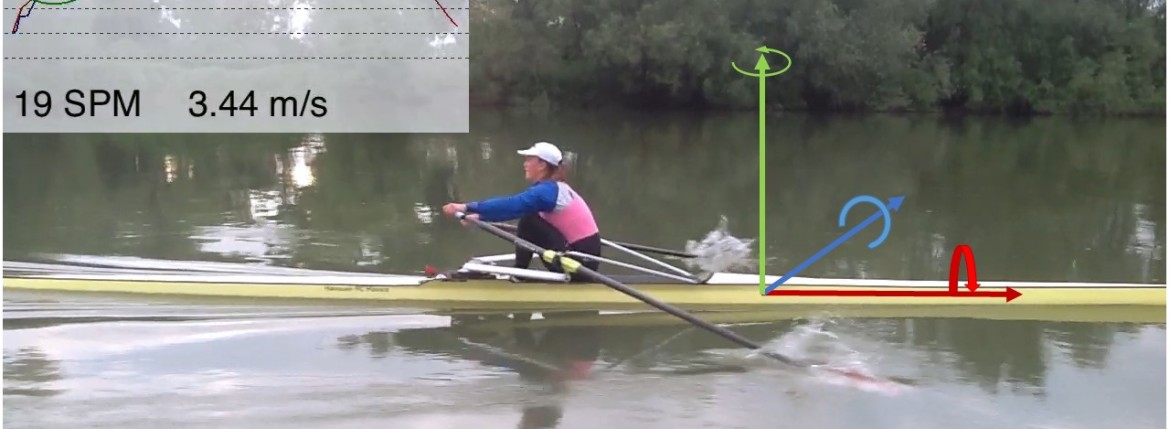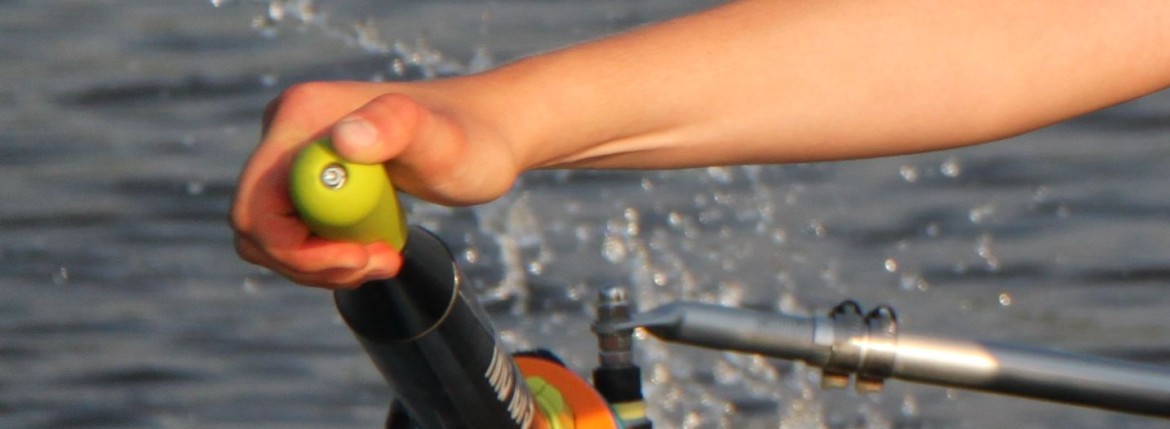Category: Rowing Science
Drag Efficiency in Rowing
In a recent article we’ve looked at the various aspects of defining and improving Efficiency in Rowing. In this article I want to expand on the concept of “drag efficiency” outlined in this article and how we can operationalize this concept for daily training to accurately asses a crew’s rowing technique. This article is guided by a simple question: How
Designing a Measurement System for Rowing: Boat Acceleration and Movement
In the last part of this series, I discussed the challenges in measuring boat speed and their implications for designing a good boat speed sensor for use in rowing. In this part I want to take a look at what other types of measurements are useful for evaluating rowing performance beyond individual power production and boat speed. Furthermore, I
Designing a Measurement System for Rowing: Boat Speed
It’s been a while since my last post about the upcoming rowing telemetry system that we’re working on, where I talked about the intricacies of measuring individual rower force or power production at the oar. We have actually been very busy building said system in the past few months and that’s why there was little time for blogging 🙂 Measurement of individual performance is very
Stroke Efficiency Explained
With metrics Rowing in Motion gives you some numeric information about typical strokes and allows you to compare typical strokes beyond the purely visual difference in a graph. The calculations for the metrics are not a secret in any way and we’re happy to share the exact calculations we use. In fact, we believe it is very important that
Designing a Measurement System for Rowing: Force and Power on the Oar
In this series of posts I’d like to give you an overview of the Rowing in Motion Sensors, how they work and what considerations we made in designing them. As part of Rowing in Motion’s philosophy to make powerful biomechanic feedback and analysis accessible to coaches and athletes on every level, we hope to shed some light on the secrets of
Designing a Measurement System for Rowing: The different levels of measurements in Rowing
After the previous discussion of desirable properties of measurements in rowing, we will now look at measurements that are commonly performed in rowing and how well these measurements satisfy the above-mentioned properties. For this purpose, we will group them by their level of feasibility and insight that they offer into the rowing stroke. Other posts in this series:





